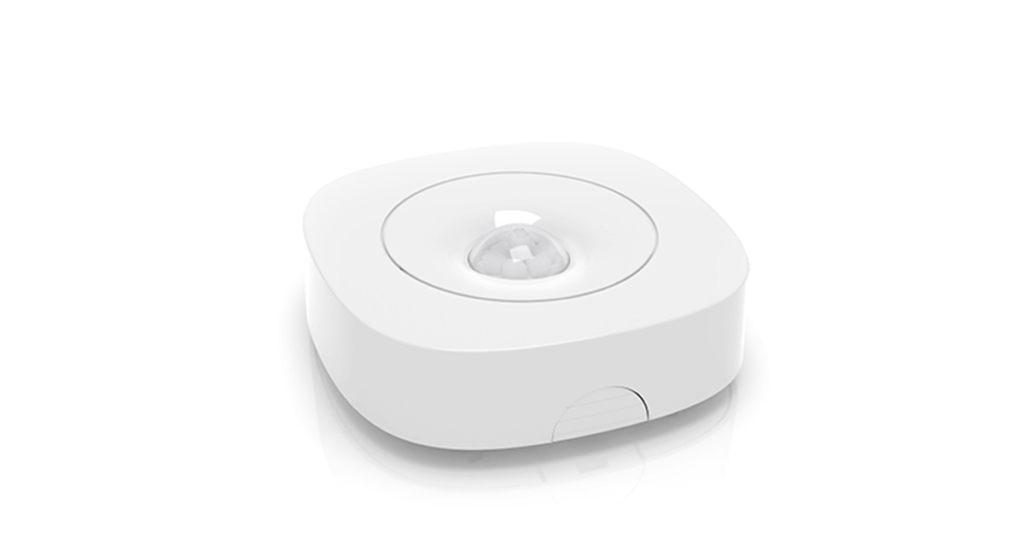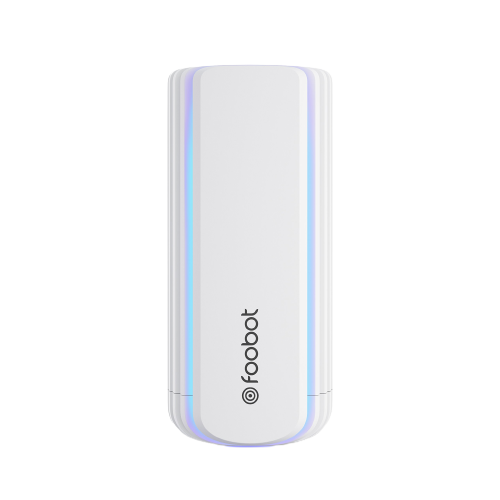IOT Software
The IoT helps ITIL, a system of IT service management, which is crucial because IT departments are being asked to perform more and more in a world that is becoming more digital and dependent on wireless networks. IoT technology naturally benefits blockchain, which is increasingly employed as a more effective and secure way of processing transactions and data. IoT and blockchain will likely combine more frequently in the future.


IOT Application Development Company
Data science is the study of collective data that reveals information about the data, such as its origin, meaning, and potential as a useful resource in the business world.
Our expert Android app developers state data science is the process of identifying patterns and insights that hide in large volumes of messy data. It uses multiple techniques like data mining, predictive analytics, machine learning, deep learning, cognitive computing, etc.
The Future of the Internet of Things (IOT)
According to Gartner research, there will eventually be 20.6 billion connected devices using various technologies. According to HP, that number might reach 1 trillion by 2025, which is an astounding amount. IoT devices will reportedly generate $14.4 trillion in value over the course of the next ten years in a variety of businesses, including those stated above, according to a Cisco report.
In other words, both in terms of our personal and professional lives, the Internet of Things is set to bring about life-changing circumstances. Several of the advances described are, in some form or another, already in use.

IOT Devices
Activity Trackers
Smart home security cameras provide notifications and peace of mind. Activity trackers are sensor-based gadgets that may continuously monitor and communicate important health markers. You may monitor and control your oxygen levels, appetite, physical activity, and blood pressure.

Motion Detection
Vibrations in huge structures like buildings, bridges, dams, and others can be picked up by motion sensors. These tools can spot structural irregularities and disturbances that could trigger disastrous failures. They can also be employed in locations that are vulnerable to earthquakes, landslides, and floods.

Google Home Voice Controller
One of the most widely used Internet of Things devices nowadays is the Google Home voice controller. It offers voice-activated services for lighting, thermostats, volume control, and many other things.

Foobot
An IoT device called Foobot can precisely monitor indoor pollution. the aforementioned, the aforementioned, and the aforementioned

Canary
Canary is a complete home security system. It records audio and video and notifies consumers via their smartphones. It recognizes your arrival and departure at home, and your smartphone can also be used to see the video feed.

IoT enables monitoring and managing microclimate conditions for indoor planting a reality, which in turn boosts output. For outside planting, devices using IoT technology can sense soil moisture and nutrients, in conjunction with weather data, better control smart irrigation and fertilizer systems.
IoT gadgets like wearables and smart homes make life simpler for average people. Accessories like Fitbit, cellphones, Apple watches, and health monitors, to mention a few, fall under the category of wearables. These gadgets enhance network connectivity, health, and fitness as well as enjoyment.
First and foremost, wearable IoT devices enable hospitals to keep tabs on their patients’ health while they are away from the hospital, cutting down on length of stay while still supplying up-to-the-second real-time information that could save lives. Smart beds reduce the wait time for available space in hospitals by keeping the personnel informed of availability. Putting IoT sensors on critical equipment means fewer breakdowns and increased reliability, which can mean the difference between life and death.
The Internet of Things revolution can even help the insurance sector. Insurance firms may provide discounts to policyholders for IoT wearables like Fitbit. Fitness tracking enables the insurance to provide personalised coverage and promote better lifestyle choices, which ultimately benefits both the insurer and the consumer.
Another significant winner in the IoT competition is the manufacturing and industrial automation sectors. RFID and GPS technology can assist a manufacturer in tracking a product from its initial placement on the factory floor to its final placement in the target retailer, or the entire supply chain. These sensors can collect data on the distance travelled, the state of the product, and the environmental factors the goods was exposed to.
The retail industry has a lot to gain from IoT technology. Sales data from both online and offline retail can manage warehouse robotics and automation using data from Internet of Things sensors. This is dependent in large part on RFIDs, which are currently widely used.
Most people have heard by now about the advancements being made in self-driving automobiles. But that only scratches the surface of transportation’s enormous potential. The GPS, another example of IoT, is used to assist transportation companies in planning quicker and more effective routes for vehicles delivering freight, reducing delivery times.
The Internet of Things, a key component of the idea of smart cities, helps huge cities manage their automobile traffic. IoT is used in applications like Google Maps or Waze to collect and exchange data from our cars utilizing mobile phones as sensors. In addition to aiding in traffic monitoring, it provides information on the various routes’ traffic conditions, expected arrival times, and distances to destinations.









